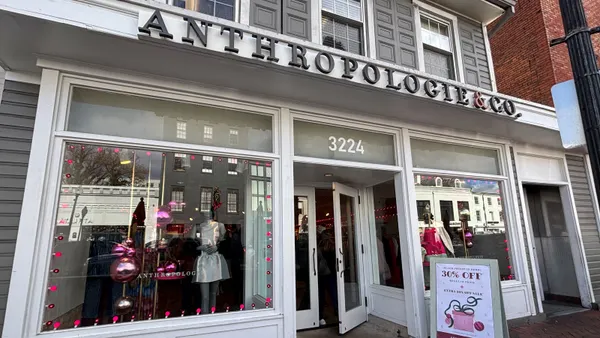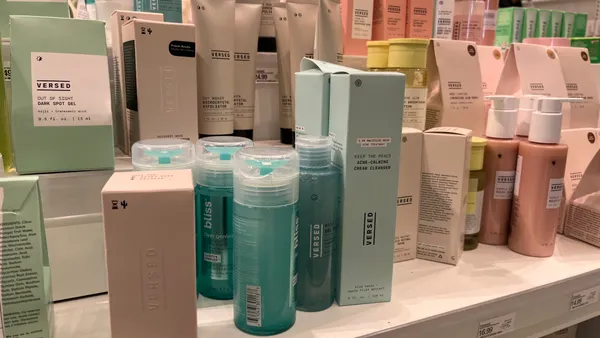Dive Brief:
-
On a two-year basis, footwear sales in February grew in the low single-digits, in line with the "tepid" full-year 2017 sales, according to a report emailed to Retail Dive from Matt Powell, NPD group vice president and senior industry advisor of sports. The month's figures benefited from an extra week and sunny financial comparisons with last year (when tax refunds were late), making them difficult to quantify year over year, according to Powell.
-
Sales of sport lifestyle, the largest segment in athletic footwear, grew 16% percent in February over last year, while running footwear sales sales grew just shy of 1%, Powell said. "The leisure trend is still alive and well with consumers," he added.
-
Meanwhile, February sales of dress and non-athletic casual footwear improved but remained well below 2016 levels, NPD Fashion Footwear & Accessories Analyst Beth Goldstein said in the same email.
Dive Insight:
Consumers, especially women, are kicking off their less comfortable shoes in favor of fashion that goes with lifestyles that are focused on fitness and movement, and which are decidedly more casual.
Sell-outs of high heels declined 13.4% last year — despite a 28% increase in inventory year over year — while sellouts of sneakers have risen by 38%, with a 36.6% year-over-year increase in styles, fashion data-analytics firm Edited told Retail Dive last month.
Fashion boots, the largest segment, continued to hemorrhage sales in February, Goldstein also said. Some seasonal categories like espadrilles saw some early success as more season-less fashion slides. Cogs/mules and loafers also performed well, as did comfort brands, she added. Men's and kids dress and casual footwear had minimal success in February, "as sneakers continue to be the driver of sales," according to Goldstein.
It helps that sneakers are increasingly acceptable footwear for work, according to Katie Smith, Edited's Retail Analysis & Insights Director, who said in an email to Retail Dive that the market is shifting toward "more technical aspects in footwear."
The shift is taking place in a segment under pressure. Moody's Investors Service analysts last week said they expect operating profit for the apparel and footwear industry to grow 3% to 5% in 2018, down from their previous call for 4% to 6% growth this year, according to a report emailed to Retail Dive. "
The analysts expect profits to decline as footwear brands invest in direct-to-consumer outlets, such as new stores, websites and mobile applications. "Also, while improved, promotional levels will not fully disappear because competition for market share will continue," they added.
Nike, which alone makes up 44% the operating profit in the segment Moody's covers, is seeing operating profit declines largely due to foreign-exchange headwinds and pressures in its North American market, though the analysts expect those pressures to ease going forward. Under Armour also remains challenged by significant slowdown in North America, which made up 76% of sales last year.
To drive domestic improvement, Nike is pinning its hopes on women, both to design and buy its shoes. Last month the company said that this year it's introducing "four new ways of thinking about sneakers for women," including expanding sizes of its most popular releases, more curated retail experiences for women in stores and online.














